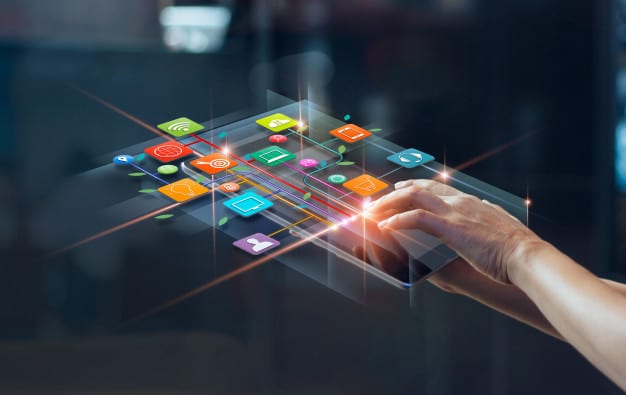In order to comply and protect stakeholders, decision-makers must understand the laws, technologies, and tools relevant to their data interests.
If you’ve been in the workforce for some time, it may not seem like that long ago that a locked file cabinet was all the data privacy you needed. Signs like “No trespassing,” “No smoking,” and “No shirt, no shoes, no service” offered adequate legal protections.
Technology in the digital age has resulted in rapid and encompassing changes that may seem overwhelming. For that reason, we’ve compiled the following quick-start guide to get you up to speed on legal rights and protections in the digital age. We’ve got all the info you need to brush up your data protection CV or make sure your business complies with the latest data privacy laws.
Must-Have Compliance for Websites
Laws around the world require various measures for protecting users’ data. For example, the General Data Protection Regulation (GDPR) can assess fines for violations. Certain industries are especially stringent. The Health Insurance Portability and Accountability Act (HIPAA), for example, can issue civil penalties of up to $50,000 per violation.
In order to avoid these repercussions, you can ensure your company’s online data assets are compliant in the following ways:
- Provide a cookie consent notice in the form of a banner or pop-up on your website.
- Use a toggle or checkbox to ask for consent each time data is collected.
- Request the minimum amount of data needed; don’t collect unnecessary data.
- Use a Secure Sockets Layer (SSL) certificate to verify your site’s identity and facilitate encryption.
- Make a Privacy Statement and Terms of Use easily accessible to users.
Copyright, Trademarks, Intellectual Property, and Public Domain
When posting online, make sure you have the right to use the images or text. How, though, can you know what you can use?
A good rule of thumb is to use only images and text that you have created yourself or purchased the rights to—for example, from a stock photo company or content creator.
It is important to understand the following protections to ensure compliance, even when creating your own content.
- Intellectual property—(IP) is any idea or work that is a product of the human mind. Its use can be legally protected by copyright, trademark, patent, etc. Even if a work is not copyrighted, its author can ask you to refrain from using it.
- Copyright—Once a work (literature, music, art, etc.) is published, it can be legally protected by a copyright for a specific number of years. Copyrighted works often contain the © logo.
- Trademark—A specific design, logo, or image associated with a brand. Its use is limited to prevent confusion or use by competition. Trademarks often contain a ™ or ® symbol.
If You Want to Use It, Make Sure It’s Public Domain
Some items are free to use because they are public domain—not protected by copyright, patents, trademarks, or other intellectual property laws. They are essentially owned by the public rather than any individual or company. At times, creators choose to make their work available as public domain assets. Wikimedia Commons is one example of this. Each item has information about how it is “licensed;” most items can be used commercially as long as the author is credited.
Music, texts, and characters eventually age out of their copyrights and enter the public domain. For example, Jane Austin’s Pride and Prejudice entered the public domain in 2009, allowing many derivative works to be produced.
Sometimes, images or music may be offered royalty-free. The stock photo website Pixabay is an example of this. Royalty-free content often comes with limitations on how it can be used or how it should be credited.
AI’s Ethical Considerations
There are a number of legal implications and ethical considerations related to the use of artificial intelligence (AI).
- While not always required by law, disclosure of the use of AI in creating an asset is now considered best practice.
- Intellectual property rights must be respected when training AI algorithms. For example, some contemporary artists have requested that their works be excluded from such training.
- AI suggestions can include biased opinions and misinformation. Care must be taken to avoid infringement on an individual’s rights or dangerous outcomes.
Consider Cyber Liability Protections

Perhaps you have liability insurance or error and omissions insurance that protects your business and employees. The digital age has introduced a new type of protection to consider—cyber liability or cybersecurity insurance.
This type of insurance protects from losses due to data theft, destruction, hacking, or other security failures. It may cover legal and reporting fees, ransoms, digital asset restoration, and identity theft monitoring for victimized parties.
Key Takeaways
Recent decades have seen major shifts in the laws and tools related to legal rights and protections in the digital age. In order to comply and protect stakeholders, decision-makers must understand the laws, technologies, and tools relevant to their data interests.
Please note that this article does not constitute legal advice. Please consult a legal professional for personalized guidance.


Join the conversation!